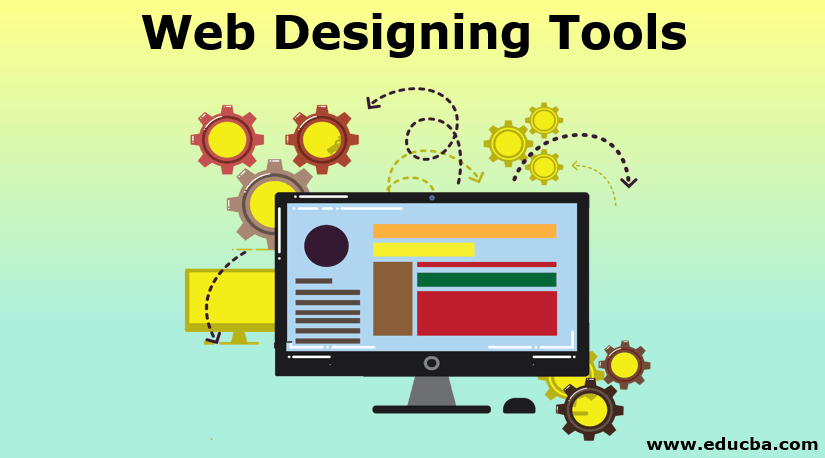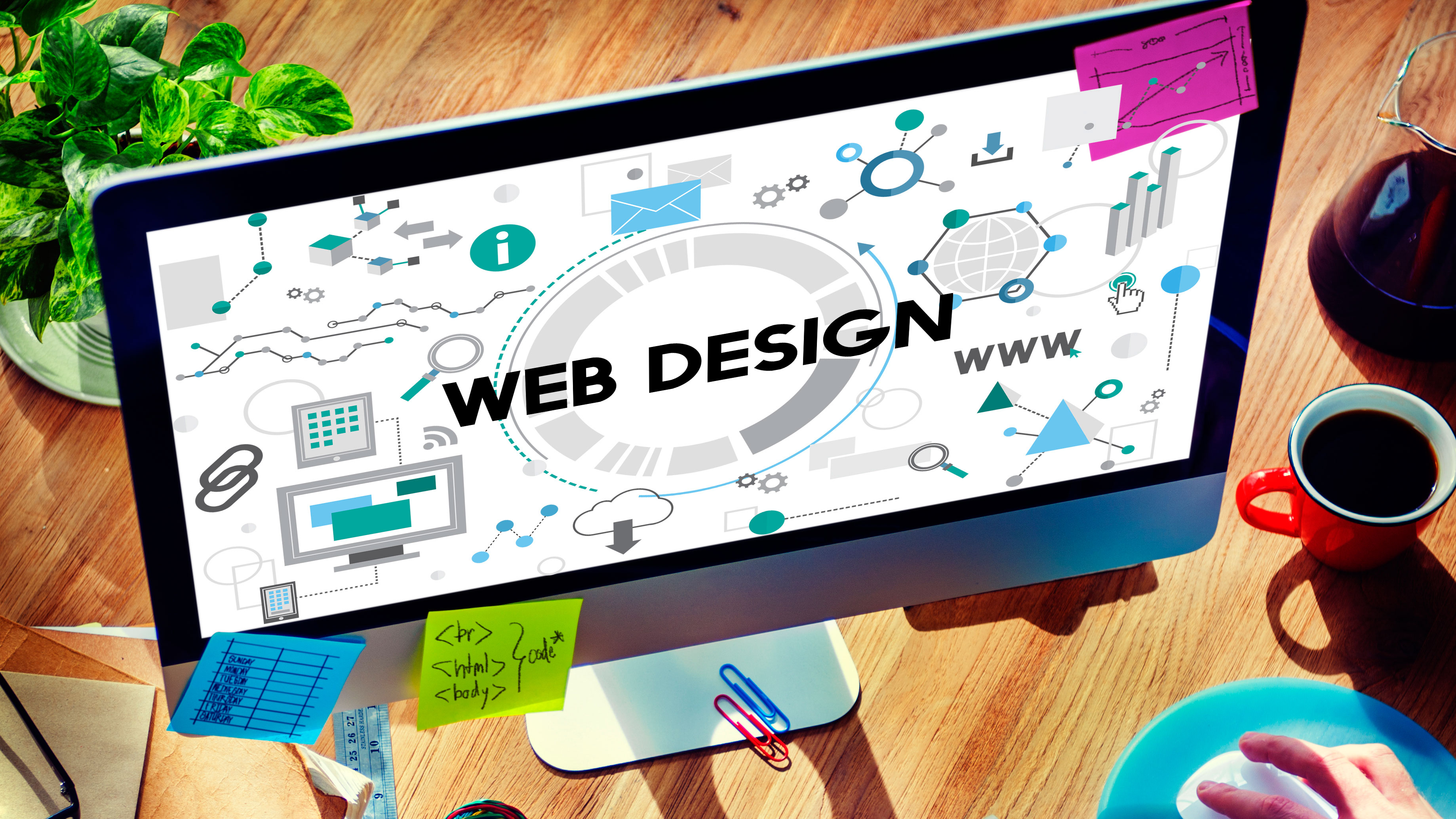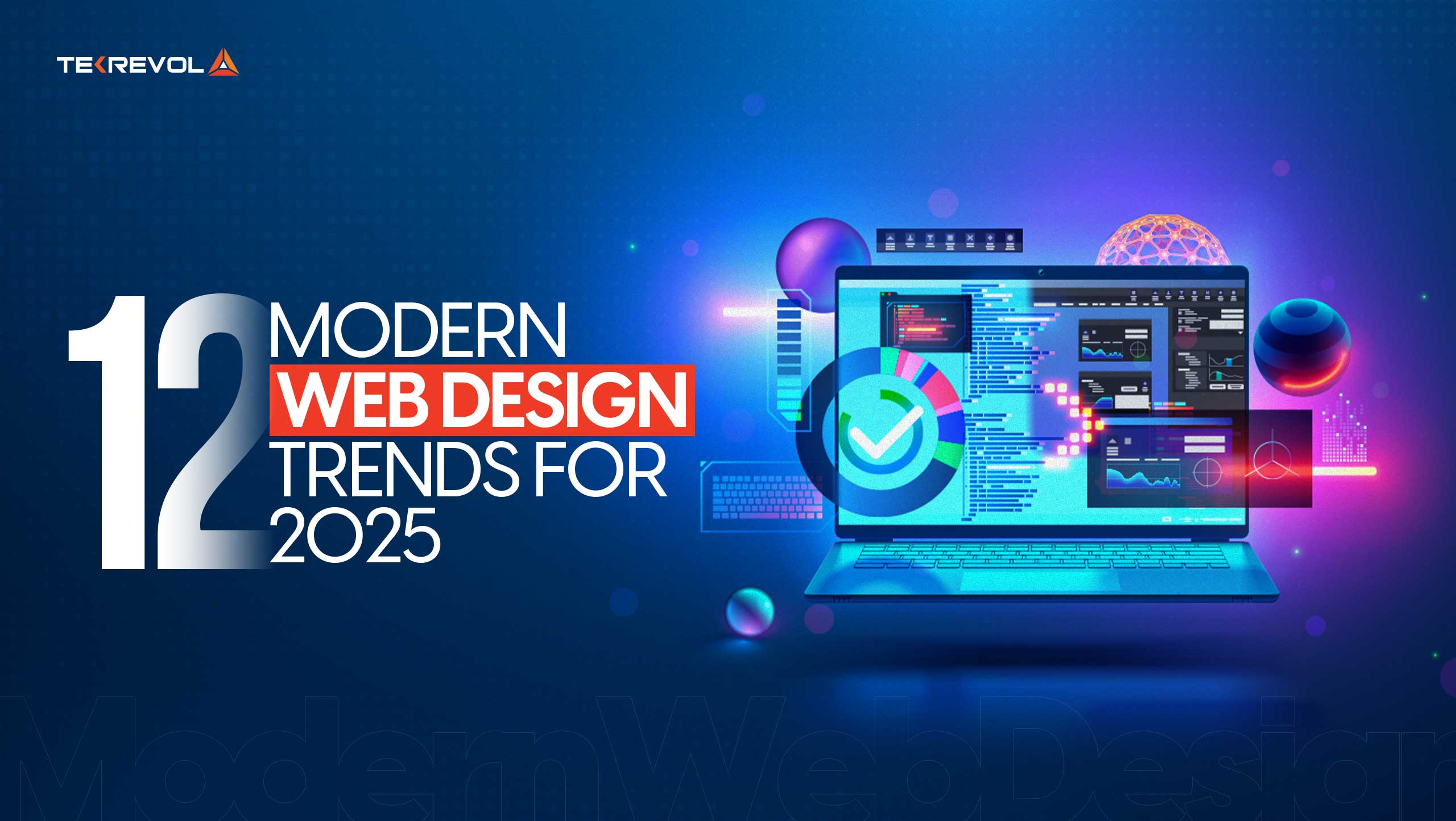The Most Effective Kinds Of Website Design to Improve Customer Experience and Involvement
In the ever-evolving landscape of digital interaction, the effectiveness of Web design considerably affects user experience and interaction. Different design strategies, such as minimal, receptive, and interactive layouts, each offer unique benefits that can cater to varied individual needs.
Minimal Web Style
As digital landscapes become progressively cluttered, minimalist website design has emerged as an effective technique to improving user experience. This style approach focuses on simpleness, concentrating on necessary aspects while eliminating unneeded interruptions. By making use of sufficient white area, straightforward navigating, and a restricted shade scheme, minimal layout fosters clearness and routes customer attention to essential material.
The core principle of minimal Web layout is to create a smooth communication for individuals. By minimizing cognitive tons, users can quickly comprehend information without feeling bewildered. This direct strategy not just improves functionality yet also encourages engagement, as site visitors are more most likely to check out a site that is simple and visually enticing to browse.
Additionally, minimal style commonly highlights typography and imagery, utilizing these elements purposefully to communicate messages successfully. In significance, minimalist Web layout is not just a fad; it is a thoughtful approach that recognizes the value of user-centered style.
Receptive Website Design
In today's diverse digital environment, receptive Web design has actually come to be essential for creating a smooth customer experience throughout a multitude of gadgets. As individuals gain access to internet sites on smart devices, desktop computers, tablet computers, and laptops, the capability of a website to adapt its format and web content to different screen sizes and resolutions is critical.
Receptive Web layout utilizes adaptable grids, photos, and CSS media inquiries to ensure that Web content exists efficiently, no matter of the tool used. This approach not only boosts the visual allure of a website but likewise considerably enhances use. Individuals are most likely to engage with a website that supplies a constant experience, as it gets rid of the disappointment of needing to focus or scroll exceedingly.
By embracing responsive layout, services can boost their exposure and reach a more comprehensive audience. In summary, responsive Web style is a fundamental technique that boosts individual experience, interaction, and general complete satisfaction.
Interactive Web Layout
Responsive Web style lays the groundwork for enhancing customer experience, but interactive website design takes this an action even more by involving users in a much more dynamic method - Aligned Position Web Design. By incorporating components such as animations, clickable models, and real-time feedback, interactive website design mesmerizes individuals, attracting them right into a richer browsing experience
This method not just cultivates engagement however additionally motivates users to discover content actively rather than passively consuming it. Methods such as gamification, where customers earn incentives for finishing tasks, can substantially enhance the time spent on a website and enhance general fulfillment. Additionally, interactive features can simplify complex info, making it extra delightful and digestible.

Integrating interactive layout aspects can also lead to higher conversion rates, as individuals are more probable to engage with a site that actively entails them. Aligned Position Web Design. Ultimately, interactive website design transforms user experiences into memorable trips, making sure that site visitors return time after time
Apartment Style
Defined by its minimalistic method, level style highlights simplicity and performance, removing unnecessary aspects and concentrating on necessary functions. This layout philosophy prioritizes functionality, guaranteeing that customers can browse user interfaces easily and performance. By utilizing a tidy aesthetic, level design removes the mess often located in much more elaborate styles, therefore boosting user concentrate on content and functionality.
The trademark of level style depends on its use bold colors, straightforward typography, and geometric forms. These elements contribute to a visually enticing interface that is both modern-day and approachable. Furthermore, flat design cultivates a feeling of clarity, permitting users to recognize important actions and details without disturbance.
Moreover, level style is specifically effective in receptive Web style, as its simplicity equates well across various tools and display dimensions. By focusing on important attributes, level layout not just fulfills user demands but additionally motivates seamless interaction, making it an essential part of effective Web layout techniques.
Flexible Web Layout
Flexible Web layout tailors the user experience by producing several fixed layouts tailored to various display dimensions and gadgets. Unlike receptive design, which fluidly readjusts a solitary layout, flexible layout uses distinct designs for specific breakpoints, ensuring ideal discussion on different platforms. This approach allows developers to concentrate on article source the unique attributes of each tool, boosting use by delivering precisely what individuals need based upon their context.
Among the main benefits of flexible website design is its capability to enhance tons times and performance. By serving customized material and photos that fit the individual's gadget, internet sites can lessen data usage and enhance loading speeds. This is especially advantageous for customers with slower links or minimal information strategies.

Additionally, flexible layout assists in a more controlled and consistent branding experience. Because developers create multiple formats, they can guarantee that the aesthetic elements align with the brand's identification across different systems - Aligned Position Web Design. This leads to a natural individual experience, improving engagement and advertising customer retention
Verdict
Finally, the integration of minimalist, responsive, and interactive website design principles dramatically boosts user experience and involvement. Minimalist layout promotes clearness and focus, while responsive layout makes sure adaptability across different tools, promoting availability. Interactive design mesmerizes individuals through dynamic elements, motivating exploration and personalization. Jointly, these design approaches contribute to the creation of straightforward settings that not only improve satisfaction but likewise drive greater conversion prices, highlighting their critical value in contemporary Web design techniques.

Minimalist layout cultivates quality and focus, while receptive design makes certain flexibility across various tools, advertising access. recommended you read Collectively, these design find out here now comes close to contribute to the development of easy to use atmospheres that not just improve complete satisfaction but also drive higher conversion prices, underscoring their essential relevance in contemporary Web design approaches.